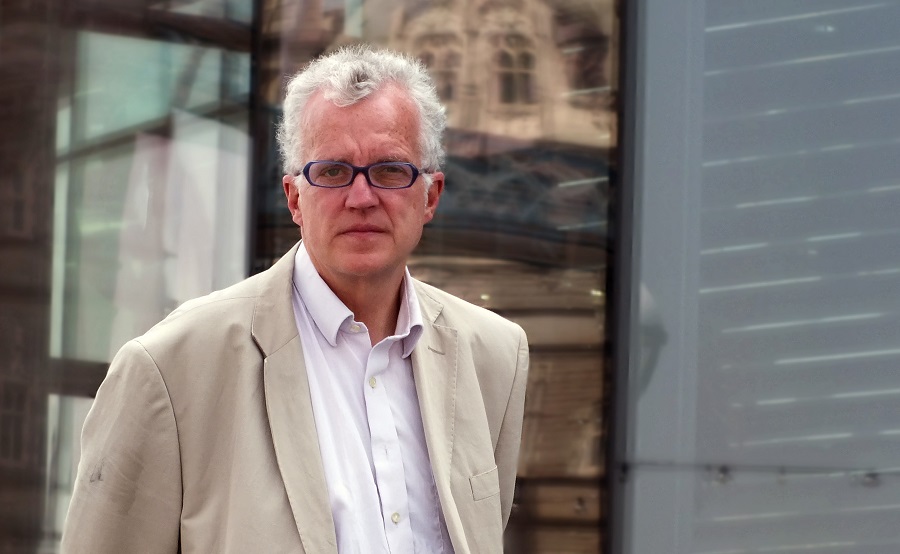It must be tempting for the organisers of the London Olympics to do a Jim Callaghan: ‘Chaos, what chaos? ‘ After months of panic and speculation about transport gridlock, the streets and trains of London were functioning with only occasional normal hiccup on the first working day that coincided with the Games. Transport has quickly become the biggest non-story since Harold Camping’s warning that the world would end on May 21 2011. Indeed, from various reports many trains were emptier than usual and certainly traffic heading towards Stratford when I cycled there at lunchtime yesterday was more Sunday morning than wet Friday evening.
Over the past few months I have been beset with media enquiries from places as diverse as Russia and Germany on the chaos that would be London during the Olympics. It was almost as if they were willing it, wanting to show that London’s ‘creaking infrastructure’, as one presenter put it to me, could not cope with the Games.
I stood my ground, patriotic to the last, asserting it would be all right on the night, even if I did have the odd misgiving. I had been given the two hour briefing by Transport for London which was meticulous in detail, showing expected periods of crowding on both roads and public transport broken down into 30 minute periods. I had talked to the train operating companies who were running late trains and expanding existing services. I discussed with London Underground how they were keeping the system running later than normal.
Yet, the stories kept on coming. The British media got in on the act. Every broken down train was presented as imminent mayhem for the Games. The unions did not help with threats of strike from virtually every transport mode, even, for chrissake, the people operating the London bike hire scheme.
Then the focus shifted. First we had security panic and now ticketgate. The fact that there are rational explanations for the empty seats passes most of the media by. There has to be a scandal, but fortunately for the transport bosses, it’s not them in the frame.
The truth, too, is that London’s transport infrastructure is not ‘creaking’ . There has been copious amounts of investment and much more on the way. Yes, the Tube trains are small and travelling on them in them at 8 30 in the morning is unlikely ever to be a pleasure. But ask most visitors, even those spending a long time in the capital, about their experience of travel in London and the answer is almost universally complimentary – ‘I wish we had we had your system back home’ is a not uncommon reaction.
Transport for London’s strategy relied on reducing journeys by regular travellers by 20 per cent. People were advised to alter their travel patterns to avoid hotspots, work at home or even take a holiday. This was backed by using Boris Johnson’s voice to boom over the network’s PA systems every two minutes, a strategy that was bound to send regular travellers heading for the hills.
So far, It has all worked. Londoners have responded sensibly. Of course, even by the time you read this, there could be a giant omelette on my face. It only takes a couple of incidents, a broken down train here and a lorry jacknifing in the Blackwall tunnel there, for chaos to ensue.
But, folks, it will be only temporary and the lessons learnt from this experience on being flexible about the way we travel may turn to be one of the key Olympic legacies. If the capital can survive without people having access to a big chunk of its road network then Londoners can learn to reduce their dependence on the car and it can open the way for more cycle lanes and pedestrianisation schemes.
